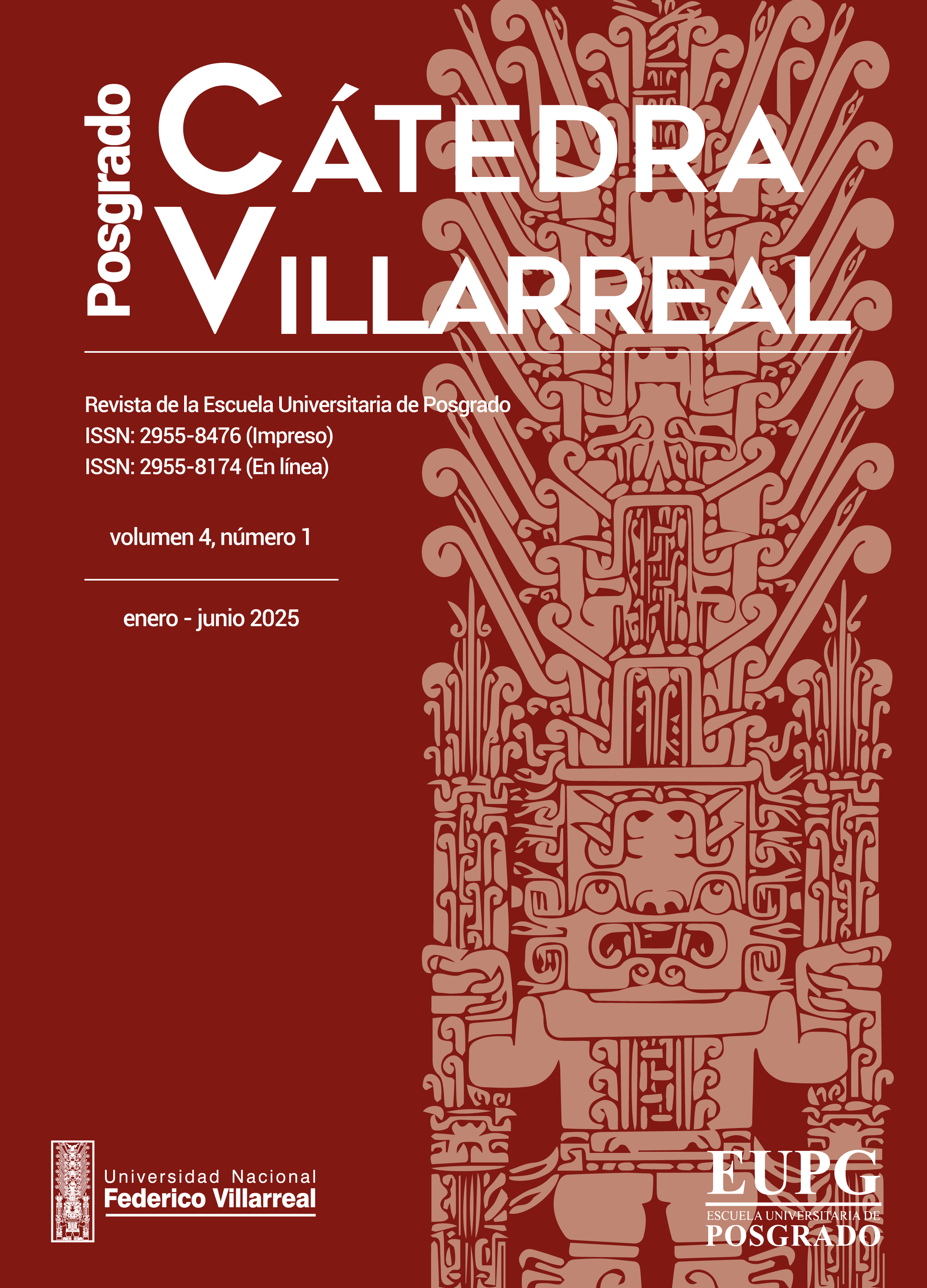Epidemiology of prepubertal testicular and paratesticular tumors in public hospitals
DOI:
https://doi.org/10.62428/rcvp2025411984Keywords:
Testicular and paratesticular tumors, alpha-fetoprotein, teratomaAbstract
The objective was to analyze the different types of prepubertal testicular and paratesticular tumors to establish treatment guidelines at the Hospital Nacional Edgardo Rebagliati Martins (HNERM) and the Instituto Nacional de Salud del Niño (INSN) from 2000 to 2022. A retro-prospective series of 59 prepubertal patients diagnosed with testicular or paratesticular tumors is presented. To identify the characteristics of the different tumor types, ultrasounds, X-rays, tumor markers, and CT scans were applied. A series of 59 patients is presented. It was found that 43 (73%) patients had yolk sac tumors (YST), 10 (17%) had mature teratomas, 1 (2%) had an immature teratoma, 4 (7%) had embryonal rhabdomyosarcoma, and 1 (2%) had a Sertoli cell tumor. The most frequent age of presentation was one year old; among the 23 patients from HNERM, 19 (83%) were in clinical stage I, mostly YSTs, 3 (13%) were stage II (YST), and 1 (4%) was stage IV (YST); alpha-fetoprotein levels were elevated in patients with YST; in two patients with mature cystic teratoma, testis-sparing surgery was performed with favorable outcomes; five patients received chemotherapy (1 rhabdomyosarcoma, 4 YST); in the stage IV YST case, an abdominal tumorectomy was also performed. Testicular and paratesticular tumors in prepubertal boys present epidemiological, histological, developmental, and therapeutic characteristics that are distinct from those found in postpubertal patients. Testis-sparing surgery should be considered for benign tumors.
Downloads
Published
How to Cite
Issue
Section
License
Copyright (c) 2025 Carlos Javier Castro Villacorta

This work is licensed under a Creative Commons Attribution-NonCommercial-ShareAlike 4.0 International License.
Eres libre de
- Compartir : copiar y redistribuir el material en cualquier medio o formato.
- Adaptar : remezclar, transformar y construir sobre el material.
El licenciante no puede revocar estas libertades siempre que cumpla con los términos de la licencia.
Bajo los siguientes términos:
- Atribución : debe dar el crédito apropiado , proporcionar un enlace a la licencia e indicar si se realizaron cambios . Puede hacerlo de cualquier manera razonable, pero no de ninguna manera que sugiera que el licenciante lo respalda a usted o su uso.
- No comercial : no puede utilizar el material con fines comerciales .
- CompartirIgual : si remezclas, transformas o construyes a partir del material, debes distribuir tus contribuciones bajo la misma licencia que el original.
- Sin restricciones adicionales : no puede aplicar términos legales ni medidas tecnológicas que restrinjan legalmente a otros hacer cualquier cosa que la licencia permita.
Avisos:
- No tiene que cumplir con la licencia para elementos del material que sean de dominio público o donde su uso esté permitido por una excepción o limitación aplicable.
- No se dan garantías. Es posible que la licencia no le otorgue todos los permisos necesarios para el uso previsto. Por ejemplo, otros derechos como publicidad, privacidad o derechos morales pueden limitar la forma en que utiliza el material.












